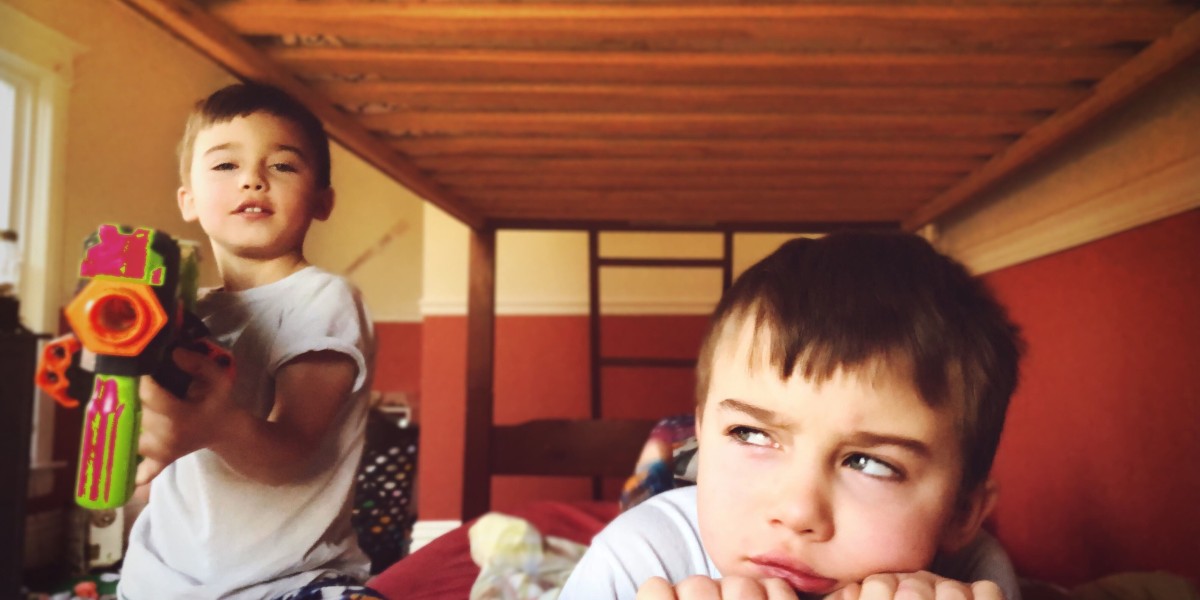Free evolution is the notion that the natural processes of organisms can lead to their development over time. This includes the creation of new species as well as the change in appearance of existing ones.
This has been demonstrated by many examples of stickleback fish species that can be found in saltwater or fresh water and walking stick insect varieties that have a preference for specific host plants. These typically reversible traits do not explain the fundamental changes in the body's basic plans.
Evolution through Natural Selection
Scientists have been fascinated by the development of all the living organisms that inhabit our planet for centuries. The most widely accepted explanation is that of Charles Darwin's natural selection process, an evolutionary process that is triggered when more well-adapted individuals live longer and reproduce more successfully than those who are less well-adapted. As time passes, the number of individuals who are well-adapted grows and eventually creates a new species.
Natural selection is an ongoing process that involves the interaction of three factors that are inheritance, variation and reproduction. Sexual reproduction and mutation increase genetic diversity in an animal species. Inheritance refers to the transmission of a person’s genetic traits, which include both dominant and recessive genes to their offspring. Reproduction is the process of generating viable, fertile offspring. This can be achieved via sexual or asexual methods.
Natural selection can only occur when all these elements are in balance. If, for example the dominant gene allele causes an organism reproduce and last longer than the recessive gene allele then the dominant allele will become more common in a population. If the allele confers a negative survival advantage or reduces the fertility of the population, it will disappear. This process is self-reinforcing meaning that a species with a beneficial trait can reproduce and survive longer than one with an inadaptive trait. The more offspring that an organism has, the greater its fitness that is determined by its capacity to reproduce and survive. People with desirable traits, like the long neck of giraffes, or bright white patterns on male peacocks are more likely than others to reproduce and survive which eventually leads to them becoming the majority.
Natural selection only acts on populations, not on individuals. This is a significant distinction from the Lamarckian theory of evolution which holds that animals acquire traits through usage or inaction. For example, if a animal's neck is lengthened by reaching out to catch prey its offspring will inherit a larger neck. The difference in neck length between generations will persist until the giraffe's neck becomes too long to not breed with other giraffes.
Evolution through Genetic Drift
In the process of genetic drift, alleles within a gene can attain different frequencies in a group through random events. Eventually, only one will be fixed (become common enough to no longer be eliminated through natural selection), and the rest of the alleles will drop in frequency. In the extreme this, it leads to dominance of a single allele. The other alleles are virtually eliminated and heterozygosity diminished to a minimum. In a small group it could result in the complete elimination of the recessive gene. This scenario is called the bottleneck effect and is typical of the evolutionary process that occurs when an enormous number of individuals move to form a population.
A phenotypic bottleneck may also occur when the survivors of a disaster such as an outbreak or mass hunting event are concentrated in a small area. The survivors will have an dominant allele, and will have the same phenotype. This could be caused by a war, earthquake or even a cholera outbreak. The genetically distinct population, if left susceptible to genetic drift.
Walsh Lewens, Walsh, and Ariew define drift as a departure from the expected values due to differences in fitness. They cite the famous example of twins that are genetically identical and have exactly the same phenotype. However one is struck by lightning and dies, whereas the other continues to reproduce.
This type of drift can play a significant part in the evolution of an organism. But, it's not the only way to develop. The main alternative is a process called natural selection, in which the phenotypic diversity of an individual is maintained through mutation and migration.
Stephens claims that there is a significant difference between treating drift like an actual cause or force, and considering other causes, such as migration and selection as causes and forces. He argues that a causal-process account of drift allows us distinguish it from other forces and this distinction is crucial. He also argues that drift has both an orientation, i.e., it tends to reduce heterozygosity. It also has a size which is determined by the size of the population.
Evolution by Lamarckism
When high school students study biology, they are often introduced to the work of Jean-Baptiste Lamarck (1744 - 1829). His theory of evolution is generally referred to as "Lamarckism" and it asserts that simple organisms evolve into more complex organisms via the inheritance of characteristics that result from the natural activities of an organism, use and disuse. Lamarckism can be illustrated by a giraffe extending its neck to reach higher branches in the trees. This could cause the necks of giraffes that are longer to be passed on to their offspring who would then grow even taller.
Lamarck the French Zoologist, introduced a revolutionary concept in his opening lecture at the Museum of Natural History of Paris. He challenged previous thinking on organic transformation. According to Lamarck, living creatures evolved from inanimate matter through a series gradual steps. Lamarck was not the first to suggest that this might be the case, but the general consensus is that he was the one being the one who gave the subject its first broad and thorough treatment.
The prevailing story is that Lamarckism grew into a rival to Charles Darwin's theory of evolution through natural selection, and that the two theories fought it out in the 19th century. Darwinism eventually prevailed, leading to what biologists refer to as the Modern Synthesis. The Modern Synthesis theory denies that acquired characteristics can be inherited, and instead argues that organisms evolve through the selective action of environmental factors, like natural selection.
Lamarck and his contemporaries endorsed the idea that acquired characters could be passed on to future generations. However, this concept was never a major part of any of their theories on evolution. This is due in part to the fact that it was never validated scientifically.
It has been more than 200 year since Lamarck's birth and in the field of age genomics, there is an increasing evidence-based body of evidence to support the heritability of acquired traits. This is also known as "neo Lamarckism", or more often epigenetic inheritance. This is a variant that is as valid as the popular neodarwinian model.
Evolution by the process of adaptation
One of the most common misconceptions about evolution is that it is driven by a sort of struggle to survive. In fact, this view is inaccurate and overlooks the other forces that drive evolution. The fight for survival can be better described as a struggle to survive in a specific environment. This may include not just other organisms as well as the physical environment itself.
To understand how evolution works, it is helpful to understand what is adaptation. Adaptation is any feature that allows living organisms to live in its environment and reproduce. It can be a physical structure, such as feathers or fur. Or it can be a characteristic of behavior, like moving towards shade during hot weather, 에볼루션 룰렛 (Evolutionkr.Kr) or moving out to avoid the cold at night.
An organism's survival depends on its ability to draw energy from the surrounding environment and interact with other organisms and their physical environments. The organism must possess the right genes to create offspring and be able find sufficient food and resources. The organism must also be able to reproduce itself at the rate that is suitable for its specific niche.
These elements, along with gene flow and mutations can cause an alteration in the ratio of different alleles within the population's gene pool. Over time, this change in allele frequencies could result in the development of new traits, and eventually new species.
Many of the characteristics we admire in animals and plants are adaptations, for example, the lungs or gills that extract oxygen from the air, fur or feathers to protect themselves and long legs for running away from predators and camouflage to hide. To understand the concept of adaptation it is crucial to distinguish between behavioral and physiological characteristics.
 Physiological traits like the thick fur and gills are physical traits. Behavioral adaptations are not an exception, for instance, the tendency of animals to seek companionship or move into the shade in hot weather. Furthermore it is important to note that a lack of thought does not make something an adaptation. Inability to think about the consequences of a decision even if it seems to be rational, may cause it to be unadaptive.
Physiological traits like the thick fur and gills are physical traits. Behavioral adaptations are not an exception, for instance, the tendency of animals to seek companionship or move into the shade in hot weather. Furthermore it is important to note that a lack of thought does not make something an adaptation. Inability to think about the consequences of a decision even if it seems to be rational, may cause it to be unadaptive.








